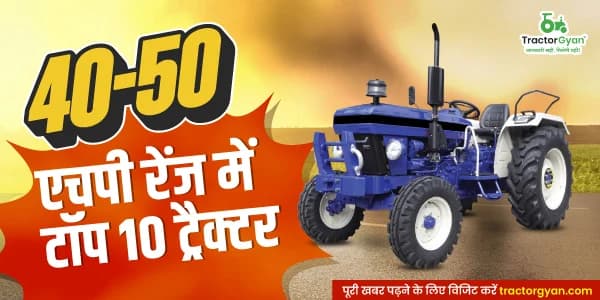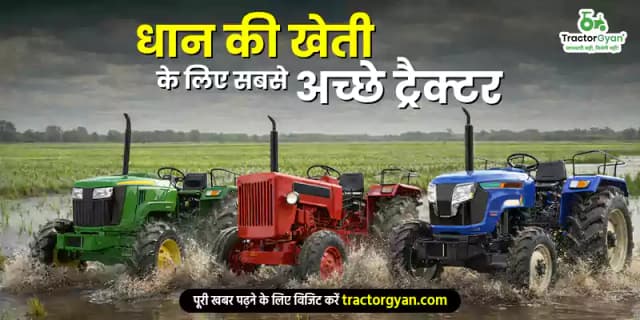Contour Farming: Process & Benefits
टेबल ऑफ कंटेंट
The landscape of farming is evolving with each passing day and is making way for innovative agriculture practices. Seeing the current trends, this evolution is now based on adopting sustainable and eco-friendly approaches.
Contour farming stands as a remarkable example of this. With a focus on conserving the soil, this type of farming is revolutionizing the way we cultivate and conserve our lands.
In this guide, we delve deeper into this concept, the process involved, and the numerous benefits that it brings to the table. So, if you’re interested to learn about contour cultivation, contour cropping,stay tuned.
What is Contour Farming?

Let’s begin the guide by knowing the contour farming meaning or meaning of court or farming. Contour farming is a time-tested agricultural practice that focuses on tillage conservation. It involves cultivating crops along the natural contours of the land.
In contour farming, farmers create rows of crops that follow the contour lines of the land, resembling the curves of a topographic map. The primary goal is to slow down the flow of water across the field, allowing it to infiltrate the soil rather than causing erosion.
Contouring in agriculture is the practice of farming in row patterns that are almost levelled around hills rather than up and down. Numerous little dams are created by the rows, which promote infiltration and decrease water flow to lessen erosion.
The act of ploughing horizontally along a piece of land's contours is known as contouring. By catching the water flow, this kind of ploughing reduces soil erosion in hilly and contoured locations. Additionally, the contour lines produce a water break that lessens the development of gullies and rills during periods of heavy rainfall, allowing water to percolate into the soil. In hilly and sloped terrain, contour cultivation is a sustainable kind of agriculture.
During the 1930s, the US Soil Conservation Service (now the Natural Resources Conservation Service) heavily pushed this practice. In 1935, during the Dust Bowl, the US Department of Agriculture founded the Soil Conservation Service after realizing that desertification and soil erosion were both major issues.
Crops Suitable For Contour Farming
Contour agriculture is suitable only for specific types of crops like:
-
Corn
-
Wheat
-
Grass
-
Soybeans
-
Legumes
Ideal Conditions for Contour Farming
Before you get started with contour farming and plan to derive commendable results from it, you need to learn about the ideal conditions that this type of farming requires. Here is a list of these conditions.
-
Contour farming is successful only with slopes having gradients between 2% and 10%.
-
The area you’re planning to use for contour farming must receive a specific rainfall during a certain time of the year.
-
The land should have identifiable contour lines. These lines are best established through accurate topographic surveys or using tools like A-frames, laser levels, or GPS technology.
-
The land must have even contour intervals to ensure that the water flow is evenly distributed.
-
Waterways should be grassed to reduce water runoff. Else, water conversation on the slopes won’t be possible.
Considering all these factors, Assam and Meghalaya are two ideal states for contour farming.
Process of Contour Farming
Contoured regions or hills are first levelled by farmers who use contour ploughing. As a result, the hill where crops are produced has a set of steps. To stop the water from flowing downward, water breaks — small ridges or raised platforms — are constructed around the edges of these steps. These water breaks to aid in keeping the water contained in distinct step levels, giving the earth more time to absorb the water.
The Contour farming process:
-
The land's contour guides the plough.
-
This causes the earth to be lifted, making a furrow on the slope.
-
The length of the land and the slope's gradient determine the size of the furrow.
-
On the opposite side of the hill, a ridge is then built using the soil from the furrow.
-
Repeat this procedure until the entire field has been ploughed.
How does Contour Farming Help in the Prevention of Soil Erosion?
Contour ploughing improves soil quality and composition while minimising soil erosion by up to 50%, regulating runoff water, boosting moisture infiltration and retention, and decreasing crop damage from floods, storms, and landslides.
Soil conservation is accomplished through contour ploughing. Soil conservation involves avoiding the loss of the topsoil owing to erosion to avoid reduced fertility brought on by excessive use, salinization, acidification, and other chemical soil contaminants.
How a Land Should be Prepared for Contour Farming?
Contour farming is a careful practice and farmers have to do some preparations before using land for contour cultivation. As a preparatory process, we recommend:
-
Arranging a typographic survey of the field to learn the appropriateness of the land for contour farming.
-
Constructing proper borders across the field so that there is enough space for the tractor movement.
-
Making grassways around the water canals so that the water loss is minimal.
Benefits of Contour Farming
When done correctly, contour farming is going to bring a lot of benefits to the table. To begin with, it prompts:
-
Soil erosion control - As crops are planted along the natural contours of the land, water flow remains under control and generally has a reduced force. This prevents dislodging, which generally happens due to high water pressure, and conservation of the topsoil as it’s not washed away with water streams.
-
Water conservation - When water flows along the contours, water infiltrates into the soil in a better way. There will be less surface runoff, improved water retention, and reduced water wastage.
-
Better crop yield - As soil erosion is reduced and soil structure improves over time, crops yielded as a result of couture farming are likely to have optimal root growth.
-
Nutrient conservation - Contour cultivation helps in maintaining the nutrients in the soil as soil erosion will be less. When nutrients are preserved in the soil, fertilizer application is less.
-
Farming sustainability- With contour cultivation, farmers can easily promote sustainability and preserve the land’s productivity.
Contour Farming Disadvantage In India
While contour agriculture is beneficial at multiple levels and promotes soil conservation, it's not 100% flawless. It comes with certain disadvantages and knowing them beforehand is important.
Below are a few major drawbacks linked with contour farming.
-
It’s very labour-intensive. Farmers have to spend days and even months marking the contour lines on the lands.
-
You can’t adopt it anywhere. It has limited applicability. Only farmers of hilly or sloped areas can use it.
-
To succeed in contour agriculture, adequate training and skills are required. Without adequate knowledge, mistakes in contour placement can lead to ineffective erosion control.
-
It’s very difficult to use farm machinery and equipment on the natural curvature of contour rows. Hence, farmers have to depend on manual work a lot.
-
It demands huge efforts at the maintenance front as maintaining contour rows, terraces, and structures is not easy. If not properly maintained, erosion control will be less over time.
-
Not every crop is suitable to cultivate that way. Hence, farmers are left with limited crop choices. This limitation can impact the diversity of crops that farmers can grow.
It demands huge investment even at the early stage. Farmers have to invest in buying tools and equipment for surveying. So, not every farmer can go for it immediately.
The implementation time is very high. Proper surveying and implementing contour farming can take days and even months. This affects the timing of the agricultural calendar.
Terrace Farming
Terrace farming stops rain from washing away soil nutrients. Healthy crop growth results from this. Second, it stops plants from being carried away by swiftly running rivers of water. Sometimes rainwater washes crops away, resulting in low agricultural output. Thirdly, terraces aid in reducing water loss and soil erosion. The fourth advantage of terrace farming is that it has transformed unproductive hillside land into useful land.
Difference Between Contour Ploughing and Terrace Farming

Reduced soil erosion on slopes from tilled fields is achieved through contour ploughing and terrace farming, respectively. The comparison between contour ploughing and terrace farming is provided below.
| Terrace Farming | Contour Farming |
|---|---|
| The structure of the slope is altered by terrace farming, resulting in flat regions that can catch water. | The slope's natural shape is suited by contour ploughing without being altered. |
| Wide flat steps or terraces are created on steep slopes so that level surfaces can be used for cultivation, reducing surface run-off and soil erosion. | Creating a natural barrier to prevent liquids from draining down a slope by ploughing parallel to the contours of the hill. |
Concluding Words
Contour farming is a great way to use sloppy lands for farming while promoting soil conservation. However, the process itself is so tedious that farmers have to have patience, time, and money to get started.
Nonetheless, contour farming in India is widely adopted in hilly terrains and you can also try it. Just keep in mind the best contour agriculture practices that we shared through this blog.
Tractor Gyan aims to provide the best possible and updated farming-related information to farmers. With us, trying new farming techniques and knowing about their procedures is easy. So, stay tuned and stay updated.
About TractorGyan
Tractor Gyan is an expert-led platform that aims to empower Indian farmers by providing accurate and timely information, and technological advancement about tractors and farm equipment in India.
TractorGyan helps farmers with New Tractor information, Compare Tractors, Tractor prices, Buying and selling of second-hand tractors, Tractor Insurance, Tractor Finance, Tractor tyre, Tractor Implements, Tractor EMI calculator and more.
On our Platform, we have information about leading brands :
-
In tractors like New Holland, Preet, Farmtrac, Vst shakti
-
In Tyres like BKT, Ceat, Apollo etc.
-
In Tractor Loan/Finance like Central Bank Of India, Hdfc Bank, etc.
-
In Tractor Implements like Kartar, Fieldking, Landforce, KMW, etc.
-
In Tractor Insurance like Mahindra Finance, Axis Bank, ICICI Bank, etc.
TractorGyan is Helping India mechanise by delivering crucial information about tractor buying and guiding farmers at every step so that they get a tractor or farm equipment that empowers and equips them to produce quality yield.
कैटेगरी
और ब्लॉग पढ़ें
Vst Tillers Tractors Ltd. have announced their monthly sales report of tractors and power tillers for August 2023 including year-to-date sales volume. According to reports, Vst Tillers and Tractors Ltd. sold 3616 power tillers and 421 tractors in August 2023. Furthermore, the...
वीएसटी टिलर्स ट्रैक्टर्स लिमिटेड कंपनी अपने उन्नत ट्रैक्टर निर्माण की वजह से भारत और दुनिया भर में अपनी एक पहचान बना चुकी है। कंपनी ने आज अगस्त 2023 में होने वाली कुल ट्रैक्टर और पावर टिलर की बिक्री की रिपोर्ट जारी की...
इसके बारे में अपनी टिप्पणी लिखें Contour Farming: Process & Benefits
.webp&w=1920&q=75)
ट्रैक्टर और कृषि से जुड़े सबसे अधिक खोजे जाने वाले ब्लॉग्स
18 Dec 2025
18 Dec 2025
29 Jul 2025
08 Sep 2025
03 Jul 2025
30 Jul 2025
30 Jul 2025
30 Jul 2025
29 Jul 2025
30 Jul 2025
26 Dec 2025
31 Jul 2025
18 Dec 2025
26 Dec 2025
Contour Farming: Process & Benefits के बारे में अक्सर पूछे जाने वाले प्रश्न
Contour farming is an agricultural practice that involves cultivating crops along the natural contours of the land to reduce soil erosion and conserve water.
Crops like corn, wheat, grass, soybeans, and legumes are suitable for contour farming.
Contour farming helps control soil erosion, conserve water, improve crop yield, and promote sustainable agriculture.
Contour farming follows the natural contours of the soil without changing its shape, whereas terrace farming modifies the slope's structure to produce flat areas for cultivation.
Contour farming does have some disadvantages, like:
-
Difficult to plow and plant crops along the contours of the land.
-
Reduce the amount of land available for farming.
-
More difficult to control pests and diseases.
Difficult to plow and plant crops along the contours of the land.
Reduce the amount of land available for farming.
More difficult to control pests and diseases.









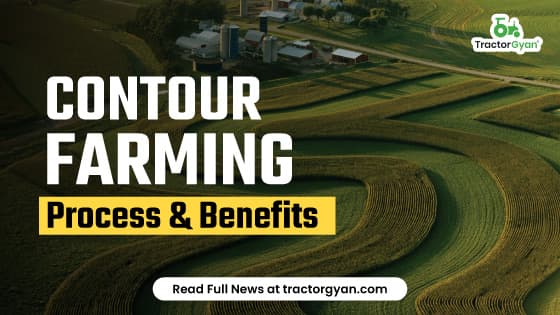



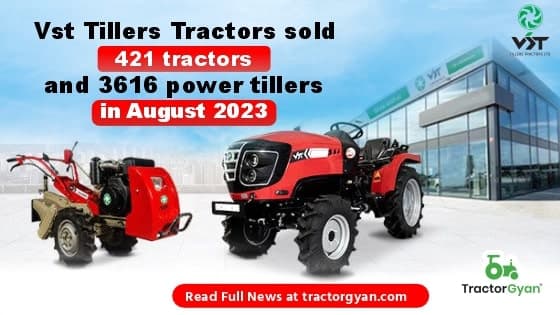
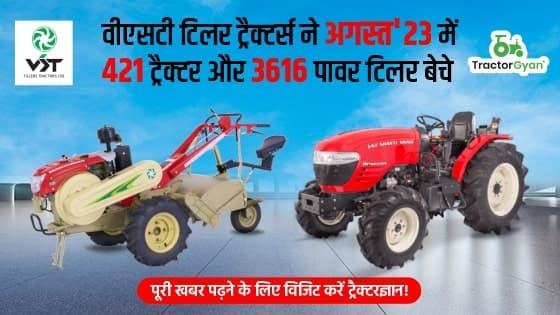

.webp&w=2048&q=75)
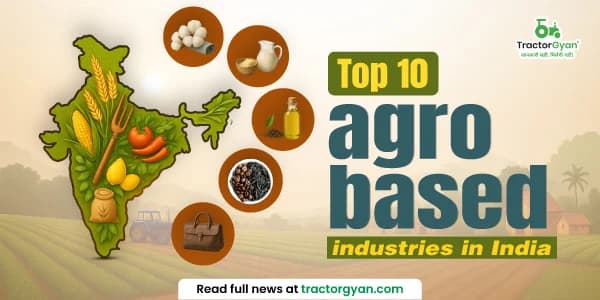
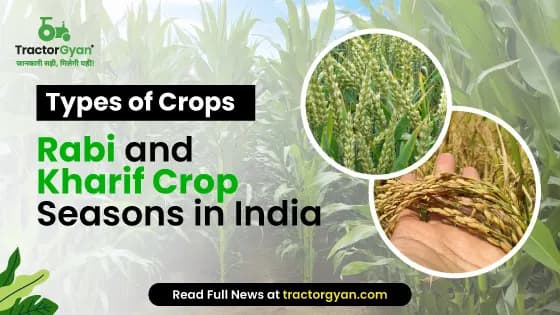
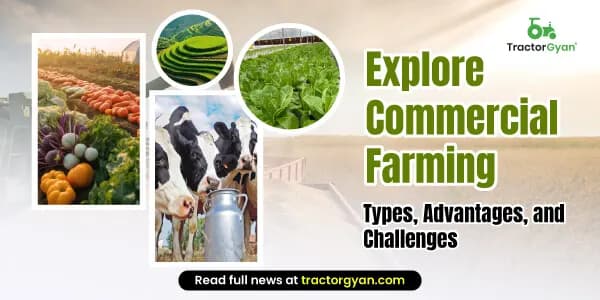
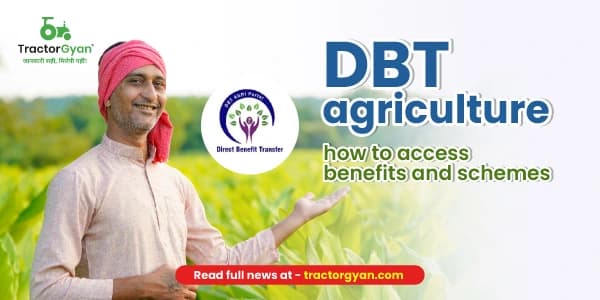
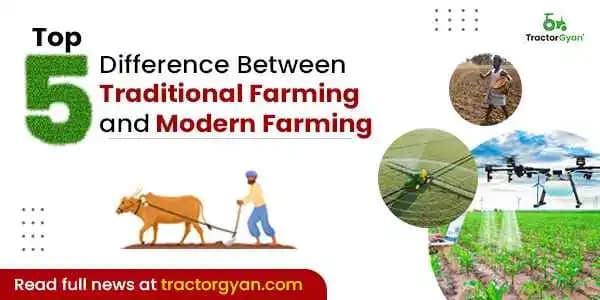
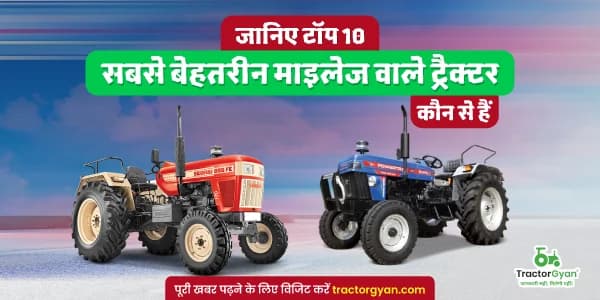
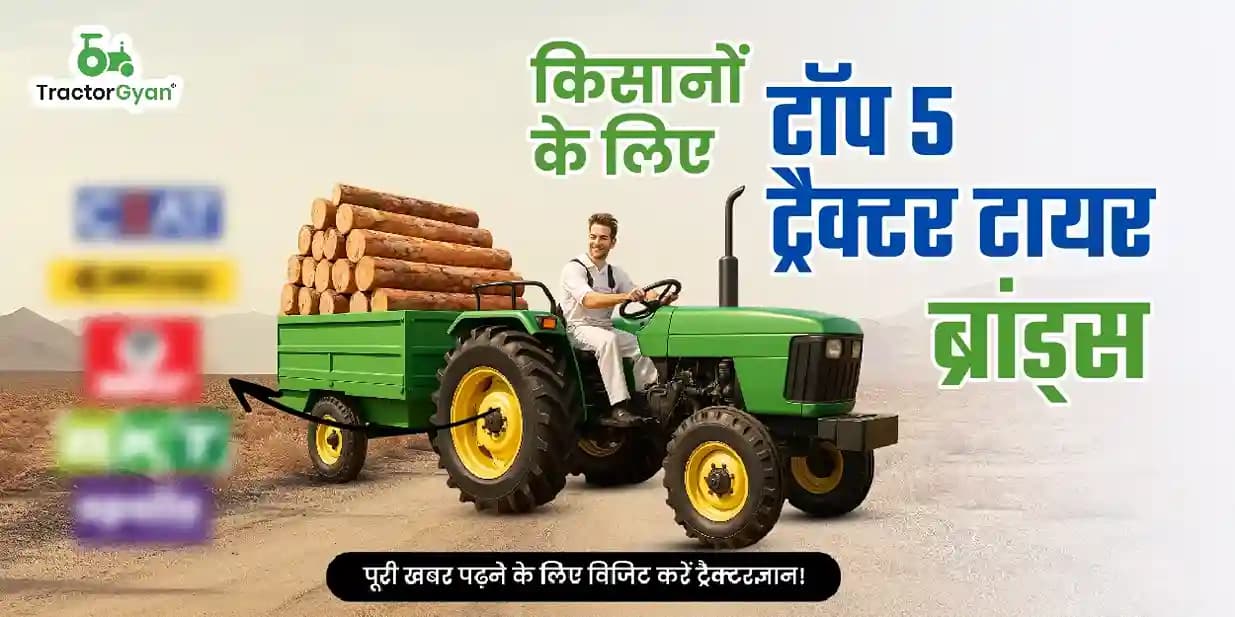
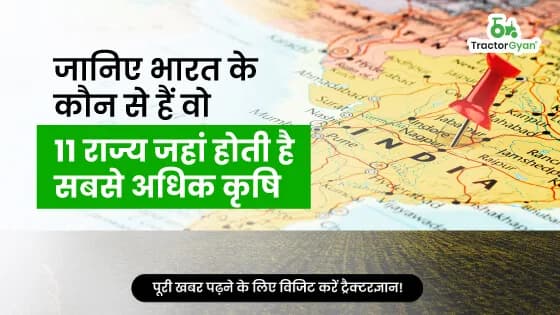
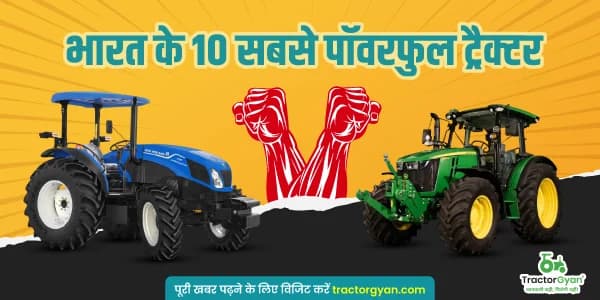
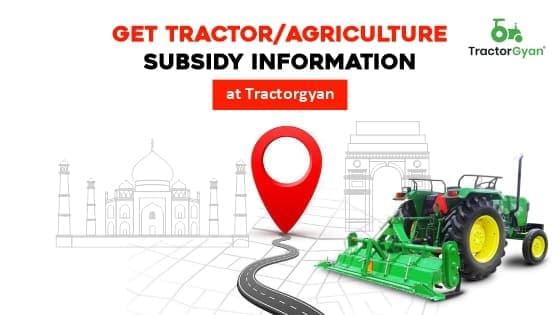
.webp&w=2048&q=75)
.webp&w=2048&q=75)
